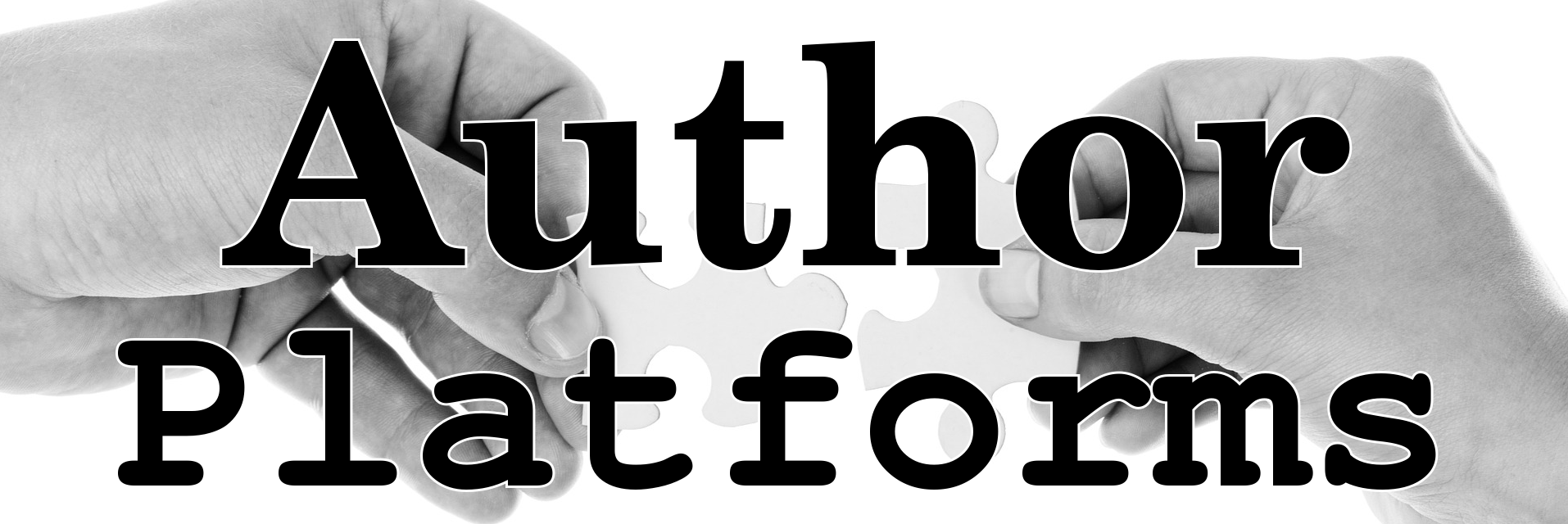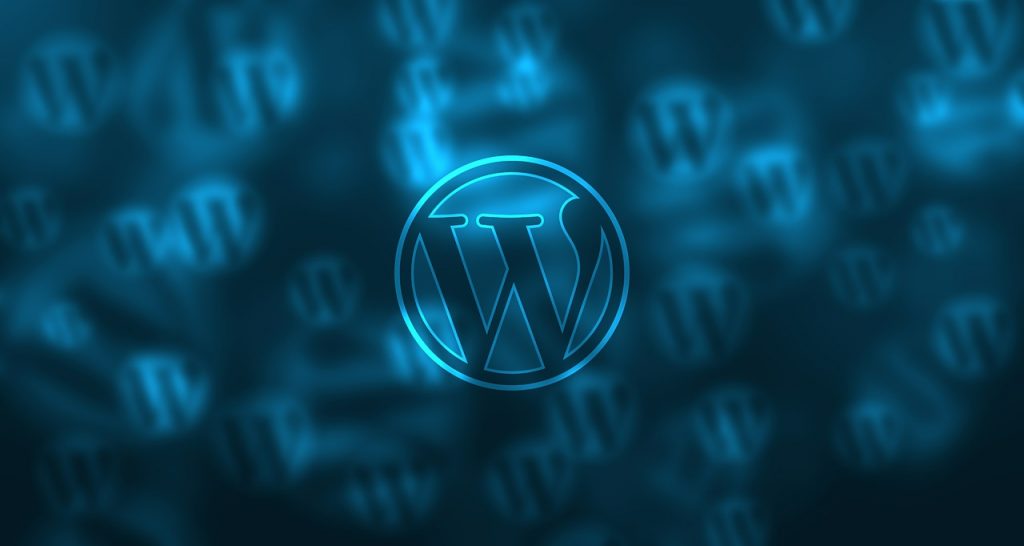

Glossary of WordPress terms
Here is a breakdown of common terms used to discuss WordPress blogs and blogging.
Blog
The site where you public your blog posts. Some people incorrectly call posts blogs which can be a little bit confusing.
Blogging
The act of writing a blog post. May also be used to encompass other related activities like replying to comments, removing spam, and so forth.
Comments
Content left by other people usually in reaction to what you have posted.
Embed
An embed is how WordPress converts links to youtube videos, other WordPress blogs, and a lot of other sites into something nicely formatted. Those boxes with links to Author Buzz blog posts and the youtube videos in this guide all use embeds.
Page
Content for your blog that is often static (unchanging). Pages tend not to have comments and are arranged in a hierarchical structure like a directory. This guide exclusively uses pages.
Permalink
The permalink is the URL (address) that always resolves to a page or post. You can change how your permalinks are formatted in the permalinks section of your settings menu. It is best to do this early before you have much content as the old links will stop working. To avoid losing visitors, use a redirect plugin that can detect changes and reroute visitors to their correct destination.
Post
Most often post refers to the blog entry that you publish. Internally these are called posts. What can be a little confusing is that other forms of WordPress content that are modelled after posts can sometimes also be called posts.
Schedule
To set a post to publish at a given time on a given date.
Theme
This is the thing that changes how your WordPress looks and determines the layout. The best themes look good on both desktops and mobile. Some themes come with extra features and options. This might include additional templates for pages.
Theme, Child
A child theme is a theme that builds on another theme but makes some changes. It does this by standing in for some of the theme files so that you can update the parent without losing your own changes.
